Introducing Pulsara Intelligence: AI Tools for Streamlined Emergency Care
In fast-paced clinical settings, documentation often competes with communication and patient care. Pulsara’s mission is to give healthcare workers an...
6 min read
 Kinsie Clarkson
:
Oct 21, 2020
Kinsie Clarkson
:
Oct 21, 2020

Of all the various crises facing healthcare in 2020, there is one underlying root issue that directly affects all of them. It determines everything about every single patient's care journey, from each care decision to every patient outcome.
However, very few healthcare professionals think to start with this issue in improving patient outcomes.
What's the issue?
Communication.
Communication in healthcare operates based on a system of interoperable technologies: pagers, phones, fax machines, and radios. Interorganizational silos also separate first responders, emergency medical services, and hospitals, preventing smooth transfers of information and standing in the way of efficient and effective patient care. And while it's a simple problem to identify, finding an all-encompassing solution that can actually connect all the care teams on a single platform that works for everyone is much more difficult.
The good news is that just such a solution exists—and that’s what we’ll be analyzing today.
 At the Becker's Health IT + Revenue Cycle Virtual Event, a panel of three industry experts discussed the communication challenges currently facing healthcare, and specifically examined how Pulsara's mobile-first telehealth and communication technology helped St. Dominic's Hospital in Jackson, Mississippi, streamline communication, save money, improve provider experience, and improve patient outcomes, meeting the quadruple aim in healthcare.
At the Becker's Health IT + Revenue Cycle Virtual Event, a panel of three industry experts discussed the communication challenges currently facing healthcare, and specifically examined how Pulsara's mobile-first telehealth and communication technology helped St. Dominic's Hospital in Jackson, Mississippi, streamline communication, save money, improve provider experience, and improve patient outcomes, meeting the quadruple aim in healthcare.
Attendees heard from Brittany Means, RN and Vice President of Commercial Operations at Pulsara; Wendy Barrilleaux, Neuroscience Service Line Administrator at St. Dominic Hospital; and Bill Atkinson, PhD, MPH, MPA, FACHE, FACPE, President of Guidon Healthcare Consulting, LLC.
Watch the full presentation in the video below, or read on for our highlights.
Brittany Means, registered nurse and Vice President of Commercial Operations at Pulsara, kicked off the presentation by pointing out the overarching issue with communication in healthcare. “While a number of innovative solutions have allowed us to solve the challenges of communication within a single organization, we have yet to create a system of care capable of uniting around the patient for the duration of the patient journey,” she said. “This poses an immense challenge for effective and efficient care because the majority of patient journeys do not begin or end within the walls of a single entity. By focusing on a solution for internal care coordination and communication, we have excluded external teams and organizations, inadvertently creating a terribly fragmented system of care.”
The result is a system of silos where every single organization has their own strategies and channels for communication, and coordinating patient care resembles a game of telephone. Point-to-point lines of communication are opened and closed, creating a chaotic and disorganized flow of information. EMS will fax an ECG. They’ll then radio or phone in to the ED and speak to a nurse who likely won’t be caring for the patient. That nurse sends pages to other care teams members, followed by numerous phone calls—and is then left waiting for them to call back. The same type of process is true for inter-facility transfers. “We place a phone call to a transfer center, who pages someone, who calls back. They act like a 1920's switchboard to connect the two verbal-only phone calls,” Means explained.
.png?width=820&name=Silos%20Traditional%20Healthcare%20Communications@2000%20(1).png)
Means told the story of her grandfather’s cardiac arrest, describing the agonizing three hours between the 911 call and the time he arrived at the nearest percutaneous coronary intervention center. “I vividly remember thinking, it's the middle of the night. Has the on-call cardiologist been notified? Has he seen the ECG? And does he know that this patient is dying? Is the cath lab ready to receive him or will we have to wait even longer once the helicopter lands? Radio reports, fax ECGs, verbal bedside reports, phone calls, pages, more phone calls, another bedside report.”
Means’ experience as a registered nurse was not comforting during the ordeal—she was much too familiar with the way healthcare communication operates. “I was scared more than your non-medical family member. I knew too much. I knew too much about what was happening to my grandfather's body as each minute passed, and I knew too much about our fragmented communication systems in healthcare.”
Pulsara is a secure, HIPAA compliant communication and telehealth solution that connects care teams. It not only works within your facility, but also between facilities and with EMS, connecting the right team members, at the right time, for the right patient.
 With a simple tap, clinicians can create a patient channel, build a care team around each patient, and then communicate with one another. Once that patient channel is created, it continues to be configurable, allowing clinicians to add care team members as the case continues to evolve. The platform works for both interfacility and intrafacility care. “Any organization can add another organization, eliminating silos and giving us one united care team that is able to communicate about the patient through the entire patient journey,” said Means. With Pulsara, clinicians can communicate across organizations in real time, using live audio and video, recorded audio clips, team messaging, and photos from the device camera. Any of this information can be reviewed downstream at any time, by any team member.
With a simple tap, clinicians can create a patient channel, build a care team around each patient, and then communicate with one another. Once that patient channel is created, it continues to be configurable, allowing clinicians to add care team members as the case continues to evolve. The platform works for both interfacility and intrafacility care. “Any organization can add another organization, eliminating silos and giving us one united care team that is able to communicate about the patient through the entire patient journey,” said Means. With Pulsara, clinicians can communicate across organizations in real time, using live audio and video, recorded audio clips, team messaging, and photos from the device camera. Any of this information can be reviewed downstream at any time, by any team member.
“Pulsara provides clinicians the ability to communicate effectively by streamlining workflows and improving efficiency. Pulsara improves patient experience through care coordination that facilitates safe and effective care while reducing time to treatment. By placing every individual within one channel and truly uniting the care team, Pulsara reduces treatment times by a third. We've even seen improvements up to 68%,” said Means. “It is vital that we remember the patient journey is bigger than one specialist, one crew, and one facility. And when everyone works together, even from different departments, teams and organizations, patient outcomes are improved.”
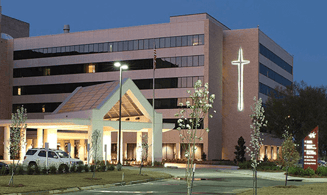 Prior to using Pulsara, St. Dominic’s processes looked much like the game of telephone that Means described. Their regional system of care was paying roughly half a million dollars annually for their telemedicine solution, in addition to monthly fees and expensive, cumbersome equipment. “I was constantly getting calls about lost passwords, poor sound quality, trouble connecting. Everyone was so frustrated,” said Wendy Barrilleaux, Neuroscience Service Line Administrator at St. Dominic Hospital.
Prior to using Pulsara, St. Dominic’s processes looked much like the game of telephone that Means described. Their regional system of care was paying roughly half a million dollars annually for their telemedicine solution, in addition to monthly fees and expensive, cumbersome equipment. “I was constantly getting calls about lost passwords, poor sound quality, trouble connecting. Everyone was so frustrated,” said Wendy Barrilleaux, Neuroscience Service Line Administrator at St. Dominic Hospital.
Pulsara changed that. “At our main hospital, the cost for the entire platform is a fraction of our previous telemedicine expenses. Harnessing the power of mobile technology, we were also able to avoid $180,000 in upcoming hardware upgrades. And with Pulsara's pricing model, our rural partners have the opportunity to leverage Pulsara for telemedicine consults at no cost,” said Barrilleaux. “With Pulsara, we now have a secure HIPAA compliant video network that is accessible from the device that all clinicians carry right in their pocket. With mobile telemedicine, we not only have a network of providers connected for telemedicine, but these consultations can take place within a patient's channel, which is primed for real-time communication.”
Having streamlined communication has made a huge difference for St. Dominic’s care teams. Clinicians are happier, and treatment times for patients have markedly improved. St. Dominic’s saw a near-immediate result after implementing Pulsara in 2015. Within six months, they achieved an 18% and 22% improvement in door-to-needle and door-to-puncture times, respectively. “We have all the information we need, not only in the palm of our hand, but in the palm of our hand before the patient even arrives. Pulsara has enabled early identification and communication with the appropriate specialist, ultimately decreasing our treatment times to ensure the best outcome for all of our patients."
“Pulsara has fundamentally changed our team dynamics,” said Barrilleaux. “There is improved morale and a greater cohesiveness between team members. Our neurologists are so much more pleased. They have all the information they need in the palm of their hand. They can make treatment decisions rapidly and they are spared the time-consuming practice of multiple phone calls. With Pulsara, we've created a true regional system of care.”
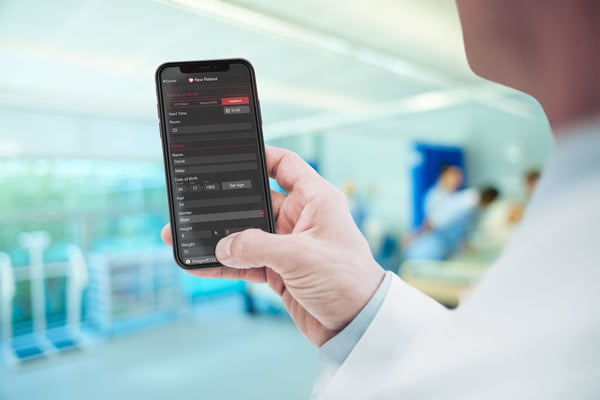
Bill Atkinson is currently the President of Guidon Healthcare Consulting, LLC, and over the course of his career has served in roles at every level of healthcare, including serving as president of the New Hanover Regional Medical Center in Wilmington, NC. His experience in healthcare has led him to champion the need for implementing new technology to improve communication—and Pulsara in particular.
"Our goal is to continue to find ways to serve the patient better. And by serving the patient better, to also serve our own systems better. No one wants to be behind the times; I don't think any professional feels that's okay. And if you fail to look at new innovations, such as Pulsara, you fail to correct communication issues that leads to adverse events," he said.
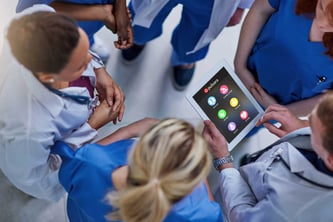 Especially in light of the pandemic, clear, efficient, streamlined communication through one platform that can do everything is vital to positive patient outcomes. Having everyone on the team on a single patient channel will help ensure that information does not get lost during handoffs, and that the right information reaches the right people at the right time. “If you're not communicating across the organizations, providers, and systems and elements and people, you are not going to have good outcomes—or at least, the positive outcomes you can have through a coordinated effort,” Atkinson said.
Especially in light of the pandemic, clear, efficient, streamlined communication through one platform that can do everything is vital to positive patient outcomes. Having everyone on the team on a single patient channel will help ensure that information does not get lost during handoffs, and that the right information reaches the right people at the right time. “If you're not communicating across the organizations, providers, and systems and elements and people, you are not going to have good outcomes—or at least, the positive outcomes you can have through a coordinated effort,” Atkinson said.
Atkinson firmly believes that investing in a communication solution like Pulsara is not only the right thing to do, but the responsibility of healthcare professionals. “Having worn all the hats in the lineup, both in hospital and in the field and in EMS and still being a paramedic today, I just can't imagine how many lives would have been saved if we'd had Pulsara back in the seventies when this began. The thought of going forward into EMS as we know it today and to critical care and not using better communication systems…it's unconscionable that we in this nation would ignore this opportunity to move this communication system forward.”
To learn more about how hospitals and EMS organizations are using Pulsara to improve communication, reduce treatment times, and mitigate the spread of COVID-19, check out our client success stories.
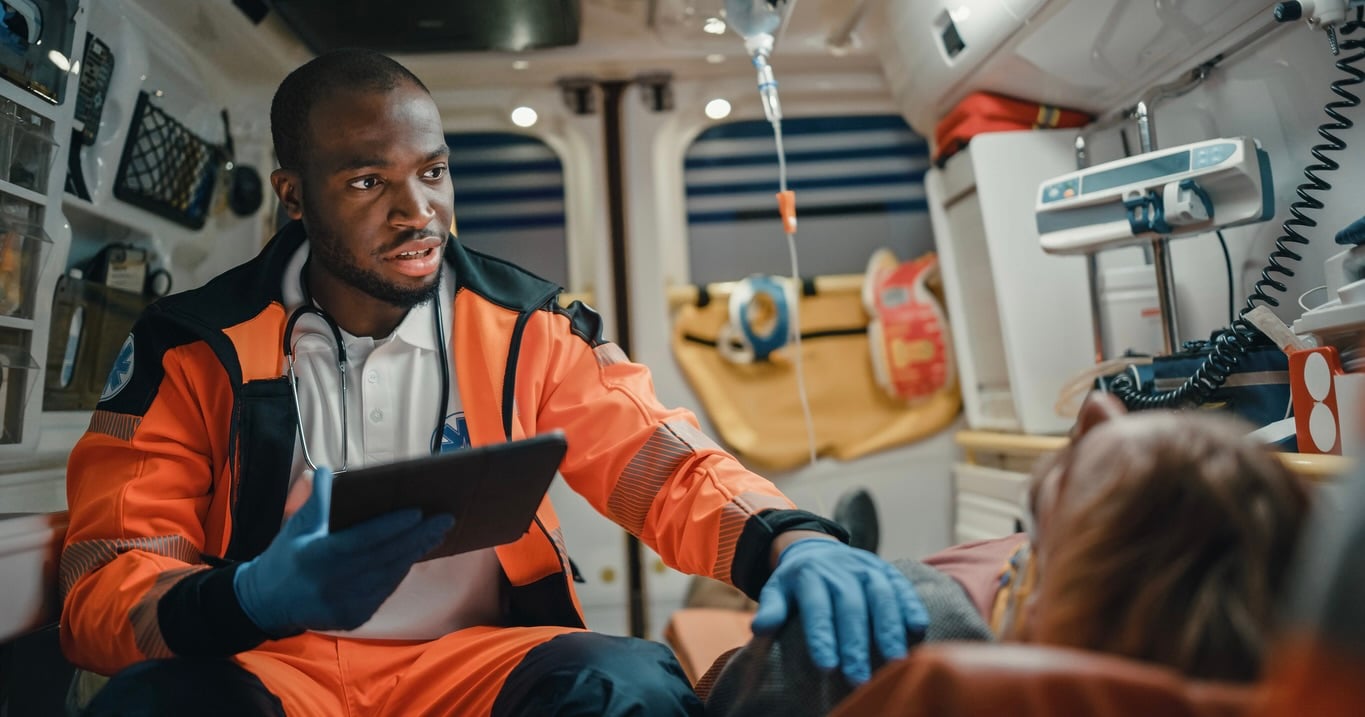
In fast-paced clinical settings, documentation often competes with communication and patient care. Pulsara’s mission is to give healthcare workers an...
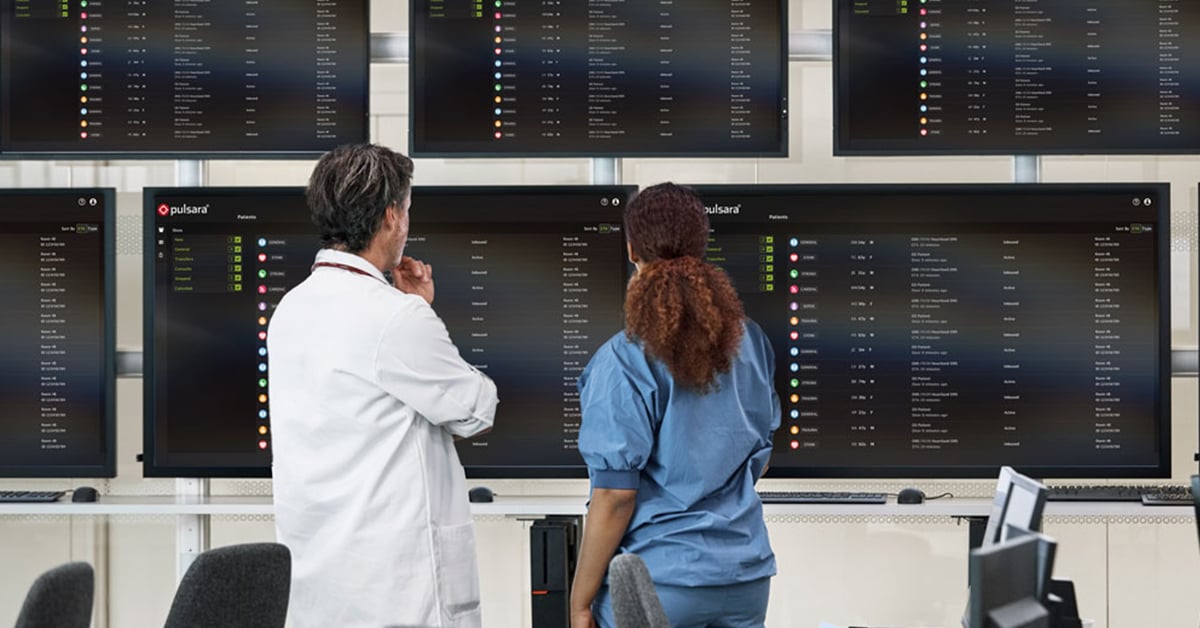
September Recap The weather may (finally) be cooling off, but our autumn event season is bringing the heat. 12 down in September and another 12 on...

How an Arkansas hospital improved their door-to-needle benchmark success rates across the board and achieved a record treatment time of 18 minutes. ...